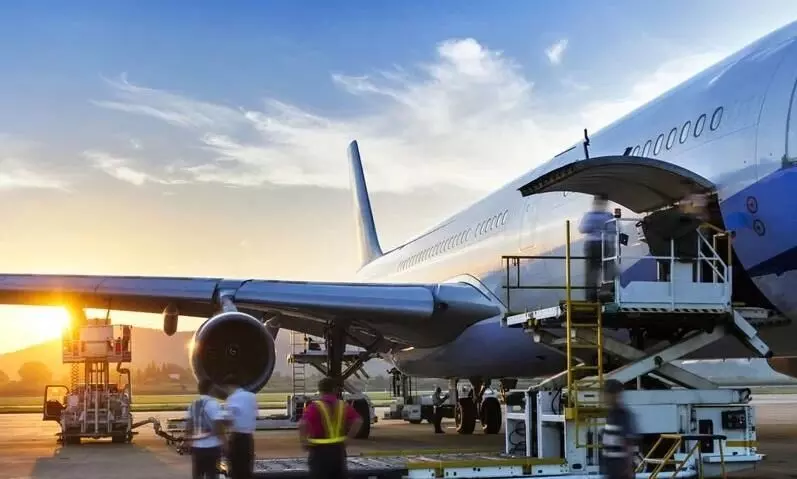
Air cargo posts fourth month of double-digit growth in March: IATA
Capacity, measured in available cargo tonne-kilometers (ACTKs), increased by 7 percent compared to March 2023 (10 percent for international operations).

The International Air Transport Association (IATA) released data for March 2024 global air cargo markets showing continuing strong annual growth in demand.
Total demand, measured in cargo tonne-kilometers (CTKs*), rose by 10 percent compared to March 2023 levels (11 percent for international operations). This is the fourth consecutive month of double-digit year-on-year growth.
Capacity, measured in available cargo tonne-kilometers (ACTKs), increased by 7 percent compared to March 2023 (10 percent for international operations).
"Air cargo demand grew by 10 percent over the previous March. This contributed to a strong first quarter performance which slightly exceeded even the exceptionally strong 2021 first quarter performance during the COVID crisis. With global cross-border trade and industrial production continuing to show a moderate upward trend, 2024 is shaping up to be a solid year for air cargo," said Willie Walsh, IATA’s director general.
Global cross-border trade and industrial production increased by 1.2 and 1.6 percent respectively in February.
In March, the manufacturing output Purchasing Managers’ Index (PMI) climbed to 51.9, indicating expansion. The new export orders PMI also rose to 49.5, remaining slightly below the 50 threshold that would indicate growth expectations.
Inflation saw a mixed picture in March. In the EU and Japan, inflation rates fell to 2.6 percent and 2.7 percent respectively, while rising in the US to 3.5 percent. In contrast, China experienced a slight deflation of -0.01 percent. This latest figure marks a return to deflation after February's brief period of inflation.
Asia-Pacific airlines saw 14 percent year-on-year demand growth for air cargo in March. Demand on the Asia-Europe route grew by 2.7 ppt to 17.0 percent and the within Asia market grew by 6.7 ppt to 12 percent. Capacity increased by 14 percent year-on-year.
North American carriers saw 0.9 percent year-on-year demand growth for air cargo in March —the weakest among all regions. Demand on the North America–Europe trade lane grew by 2.9 percent year-on-year while Asia–North America grew by 4.7 percent year-on-year. March capacity decreased by -1.9 percent year-on-year.
European carriers saw 10.0 percent year-on-year demand growth for air cargo in March. Intra-European air cargo rose by 24.7 percent year-on-year. Europe–Middle East routes saw demand grow by 38.3 percent year-on-year, while Europe–North America expanded by 2.9 percent year-on-year. March capacity increased 8.0 percent year-on-year.
Middle Eastern carriers saw 20 percent year-on-year demand growth for air cargo in March – the strongest of all regions. The Middle East–Europe market was the strongest performing with 38 percent growth, ahead of Middle East-Asia which grew by 19 percent year-on-year. March capacity increased 10 percent year-on-year.
Latin American carriers saw 9 percent year-on-year demand growth for air cargo in March. Capacity increased 7 percent year-on-year.
African airlines saw 14 percent year-on-year demand growth for air cargo in March. Demand on Africa–Asia market increased to 23 percent, however this was a 20 ppt decrease compared to February’s performance and the largest contraction across the major route areas. March capacity increased by 17.3 percent year-on-year.

